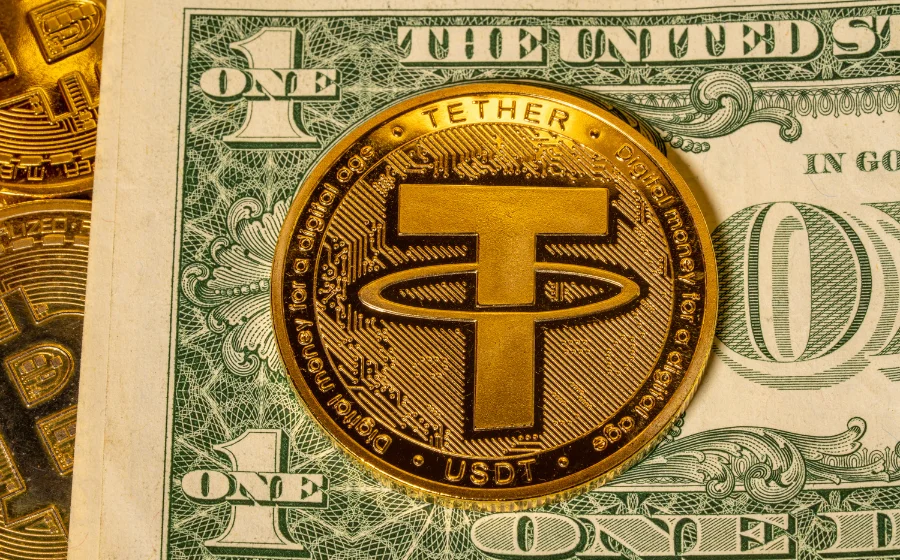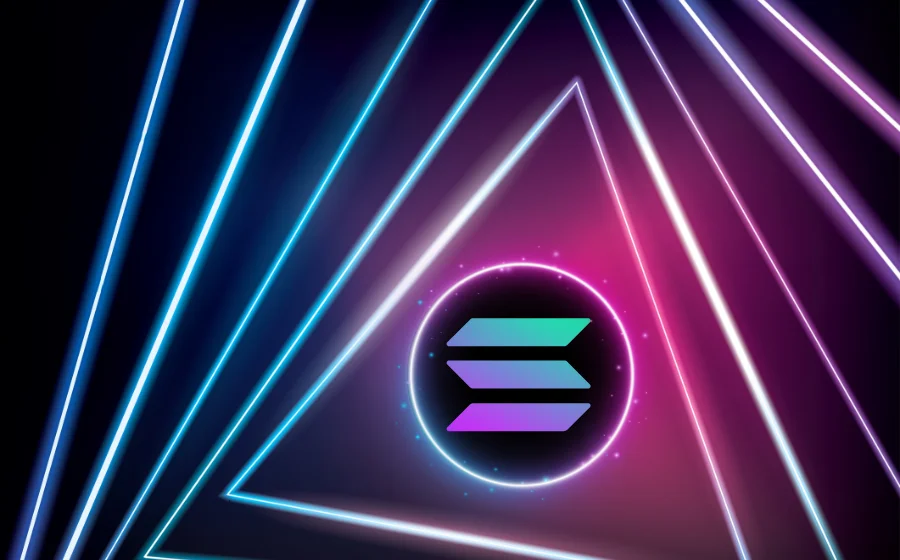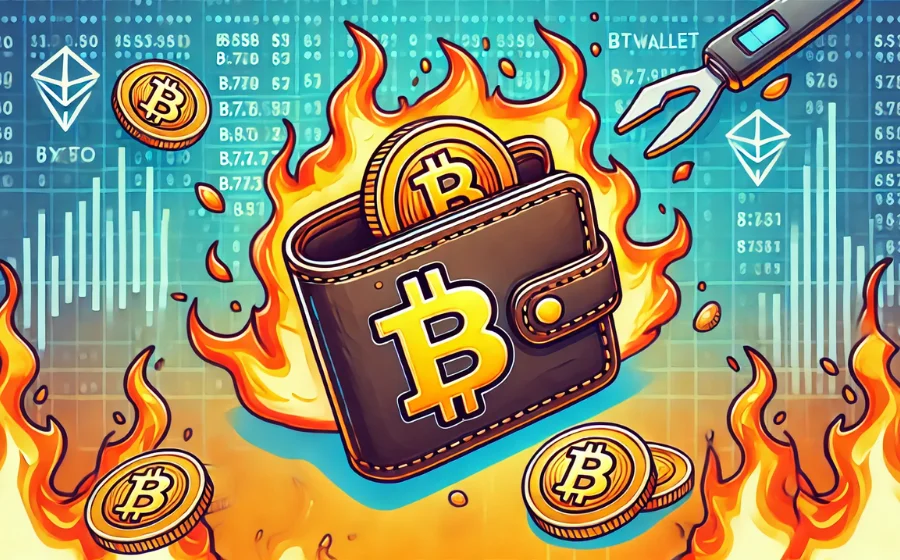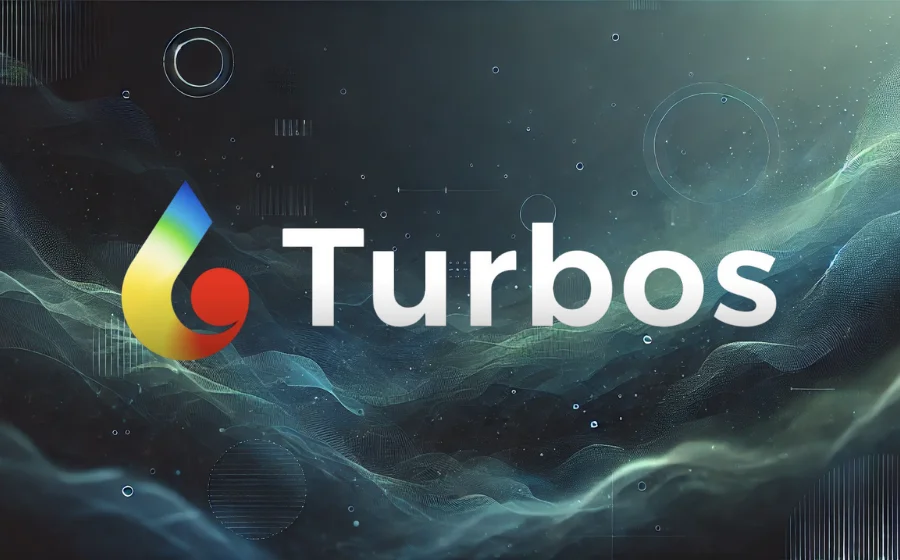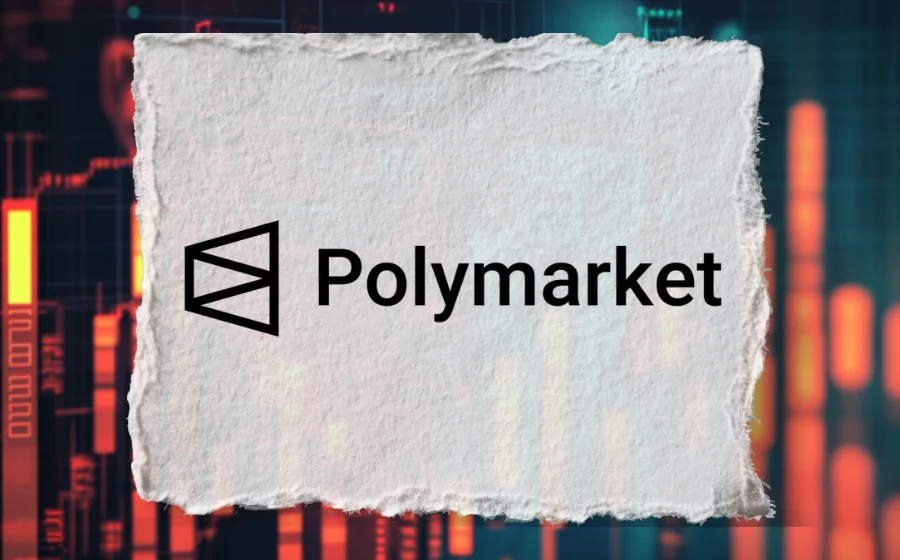
KEYTAKEAWAYS
- DPoS introduces voting and delegation
Token holders stake and vote to elect validators, shifting block production to selected representatives rather than all stakers.
- Fast, energy-efficient block production
With fewer validating nodes, DPoS reduces energy consumption and speeds up block confirmation to just seconds.
- Governance trade-offs and centralization risk
Low voter participation and concentrated token power may lead to control by a small group, challenging decentralization goals.

CONTENT
DPoS (Delegated Proof of Stake) improves on PoS by adding voting and delegation. Holders elect trusted nodes to validate blocks, enabling faster transactions, lower energy use, and efficient governance.

WHAT IS DPOS?
DPoS (Delegated Proof of Stake) is an evolution of the traditional PoS (Proof of Stake) consensus mechanism, but with one key twist — it adds a delegation and voting layer on top.
In a standard PoS system, users stake their tokens directly into the protocol. The more tokens you stake, the higher your chance of being selected to validate transactions and produce blocks. In simple terms, the more stake you hold, the more influence you have over the network.
DPoS, on the other hand, keeps the staking requirement but changes who actually performs block validation.
Instead of every staker competing to produce blocks, token holders vote for a limited number of delegates (also called witnesses or validators). These elected representatives are responsible for validating transactions, producing blocks, and securing the chain.
🔍 So the logic becomes:
Hold tokens → Get voting rights → Elect block producers → Delegates validate & share rewards
You can think of DPoS like a blockchain governance model similar to a shareholder voting system:
holders don’t all run the network themselves — they choose representatives to do so.
Because of this structure, many users refer to it as “voting-based mining”.
🚩 In simple terms
▶ PoS = Stake more tokens → Higher chance to produce blocks
▶ DPoS = Stake tokens + Vote → Elected nodes produce blocks for everyone
>>> More to read:
HOW DOES DPOS WORK?
The DPoS consensus mechanism operates through three core steps: voting, electing witnesses, and electing delegates.
Together, these create a democratic, competitive, and performance-driven network structure.
✅ Voting
In a DPoS system, users vote to select trusted participants who will help secure the network.
The more tokens a user holds, the more voting power they have — similar to a shareholder model in traditional finance.
Voters don’t validate blocks themselves; instead, they use their stake to elect trusted representatives.
Candidates with the most votes earn the right to participate in the block-production process.
✅ Electing Witnesses (Block Producers / Super Nodes)
Those who receive the highest votes become witnesses — also called block producers or super nodes.
Their role is similar to miners in PoW, but instead of using computing power, they use stake-backed trust and voting support.
➤ Witnesses:
- Validate transactions
- Produce new blocks on schedule
- Receive block rewards and fees for successful block production
Importantly, witness slots are limited and predefined by each blockchain.
🔍 For example:
- EOS elects 21 witnesses
- BitShares elects 101 witnesses
If a witness fails to produce a block on time, they miss out on rewards and may be voted out.
Because voting is continuous, witness positions are highly competitive — perform or be replaced.
✅ Electing Delegates (Governance Representatives)
In addition to witnesses, DPoS networks also elect delegates, who focus on governance rather than block production.
Delegates do not validate transactions.
🔍 Instead, they:
-
Propose network upgrades
- Suggest protocol parameter changes (e.g., block size, witness rewards)
- Help maintain performance and transparency
Once delegates submit proposals, the community votes to accept or reject them — keeping governance decentralized and aligned with token-holder interests.
This gives voters an incentive to support representatives who maximize fairness, performance, and reward distribution across the network.
>>> More to read: What is Proof of Staked Authority(PoSA)?
DPOS ADVANTAGES & DISADVANTAGES
The DPoS (Delegated Proof of Stake) model delivers impressive efficiency and speed, but it also introduces governance trade-offs. Here’s a clear breakdown.
✅ Advantages of DPoS
➤ Low Energy Consumption
DPoS limits the number of validating nodes, which drastically reduces energy usage and infrastructure cost.
Instead of thousands of nodes verifying every block, only a selected group participates — making the system cleaner and lighter to run.
➤ Fast Block Production & High Throughput
With fewer validators coordinating, networks can confirm transactions much faster.
For example:
- Bitcoin (PoW): ~10 minutes per block
- DPoS networks: ~1–10 seconds per block (sometimes faster)
This speed makes DPoS chains ideal for applications that need quick finality — like payments, gaming, and social dApps.
⚠️ Disadvantages of DPoS
➤ Low Voter Participation
In theory, token holders guide the network through voting.
In reality, many users don’t vote — it requires attention, time, and effort.
So governance often ends up in the hands of a small active minority.
➤ Centralization Risk
DPoS rewards those with higher token holdings and influence.
As a result:
- A few wealthy holders can dominate voting
- Witness seats are limited
- Block production power becomes concentrated
While the system is “democratic” in design, control often gravitates toward the largest stakeholders — raising decentralization concerns.
✏️ Summary
DPoS trades decentralization for performance:
Fewer validators → faster and cheaper — but more centralized decision-making risk.
It’s efficient, fast, and eco-friendly, but governance participation and power concentration remain key challenges.



